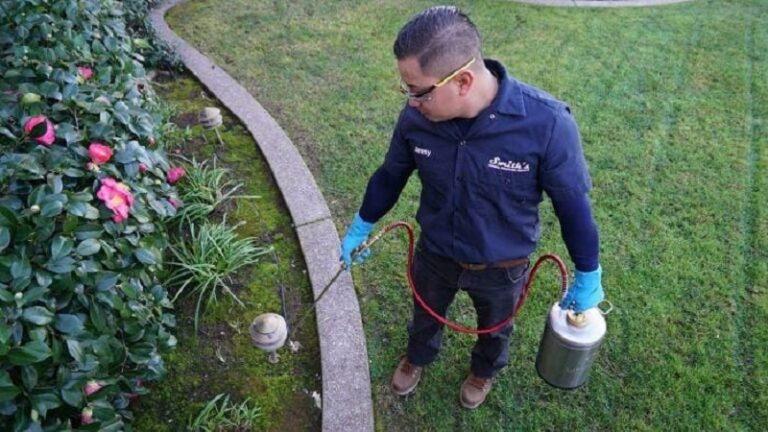In the heart of every thriving business is a dynamic team, and at the core of that team’s success is often the environment in which they work. The design and arrangement of collaborative workspace furniture play a pivotal role in fostering interaction, creativity, and productivity among team members. This article is tailored for architects who are at the forefront of designing these innovative workspaces, offering insights into how furniture can transform the collaborative experience.
Understanding the Essence of Collaboration in Modern Workspaces
The evolution of the modern workplace has shifted from cubicles and isolated workstations to open, flexible spaces that encourage dialogue and teamwork. This transformation is not just about breaking down physical barriers but also about creating an environment that supports the flow of ideas. For architects, the challenge lies in selecting furniture that is not just functional but also adaptable to the diverse needs of a team.
Selecting the Right Furniture for Enhanced Team Dynamics
When it comes to choosing furniture for a collaborative workspace, the goal is to facilitate ease of interaction while accommodating the varied working styles of team members. Modular seating, adjustable desks, and movable partition walls are examples of furniture that can be configured to suit different activities, from impromptu brainstorming sessions to focused group projects.
One real-life example that stands out is the transformation of a traditional office into a vibrant collaborative space. The project involved replacing rigid, fixed furniture with flexible, ergonomic options that could be easily reconfigured. The result was a dramatic increase in team engagement and productivity, underscoring the impact of thoughtfully designed furniture on collaboration.
Incorporating Technology into Collaborative Furniture Design
In today’s digital age, collaborative workspace furniture must do more than just facilitate face-to-face interaction. It needs to seamlessly integrate technology, enabling teams to connect and collaborate not just within the office but also with remote colleagues. Smart tables with built-in charging stations, digital whiteboards, and media units are essential components of a tech-friendly collaborative environment.
The Role of Aesthetics in Collaborative Workspace Furniture
While functionality is paramount, the aesthetic appeal of furniture cannot be overlooked. The design, color, and texture of furniture pieces can significantly influence the mood and energy of a workspace. Architects have the unique opportunity to create an environment that not only promotes collaboration but also inspires creativity and well-being among team members.
A prime example of this is the redesign of a creative agency’s workspace, where the introduction of vibrant colors and organic shapes in furniture selections led to a noticeable uplift in team morale and creativity. This case illustrates how aesthetics and functionality can work hand in hand to enhance the collaborative experience.
Ergonomics: The Foundation of Effective Collaborative Furniture
An often-overlooked aspect of collaborative workspace furniture is ergonomics. Furniture that supports the physical well-being of team members is crucial for sustained productivity and engagement. Ergonomic chairs that adjust to individual needs, standing desks, and furniture with rounded edges to prevent injury are key elements of a health-conscious workspace.
The Future of Collaborative Workspace Furniture Design
Looking ahead, the future of collaborative workspace furniture lies in innovation and sustainability. Furniture that can adapt to changing work dynamics while minimizing environmental impact will define the next generation of workspaces. Materials that are renewable, recyclable, and emit low levels of pollutants are becoming increasingly popular among architects committed to sustainable design practices.
Engaging Real-Life Stories of Transformation
Throughout my career, I have witnessed firsthand the transformative power of well-designed collaborative workspace furniture. One project that stands out involved a tech startup struggling with team cohesion and productivity. By redesigning their workspace to include collaborative zones equipped with modular furniture and technology integration, we saw a significant improvement in team dynamics and output. This experience underscored the importance of furniture design in creating effective collaborative environments.
For architects seeking to revolutionize collaborative workspaces, understanding the intricacies of furniture design is crucial. By focusing on flexibility, technology integration, aesthetics, ergonomics, and sustainability, you can create environments that not only meet the functional needs of teams but also inspire and energize them.
Discover more about designing with collaborative workspace furniture and unlock the potential of team interaction in your projects. This journey of transformation is not just about creating spaces but about shaping the future of work itself.



